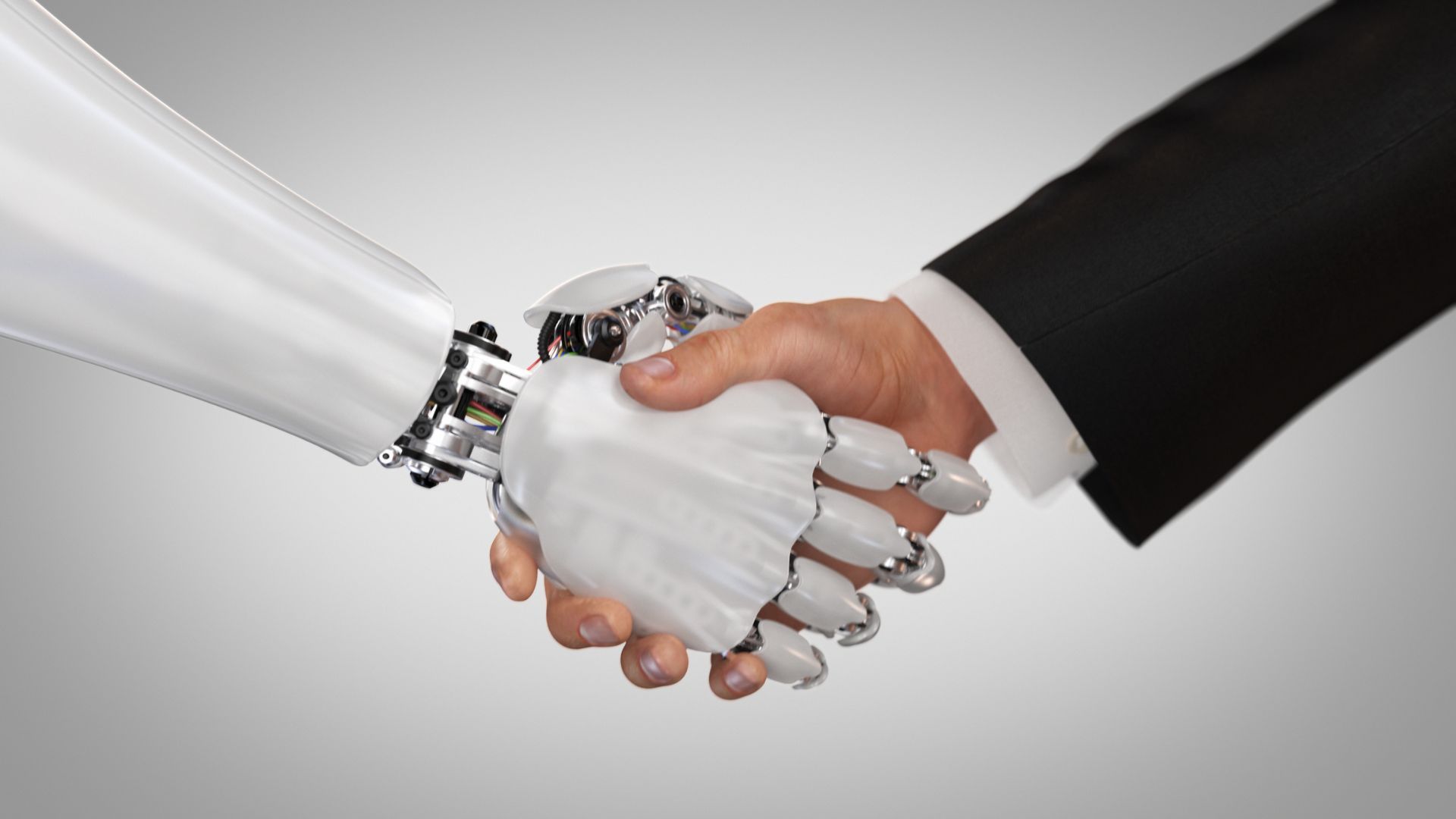Resume tips to help you get your dream job in Australia
Jakobb Mills • April 4, 2022

When it comes to a career, the pressure is on. The right resume will get you your dream job in Australia and ensure your future financial stability. But what if you don't know what to include? What if the resume does not do justice to your skills? For a resume to be effective, it needs to be credible and compelling enough for the prospective employer to take notice. Here are some tips to help you land your dream job:
Check the required length for a resume in Australia
The length of resumes for candidates looking for work in Australia is considerably less than what our American counterparts might see. The average length of a resume in the U.S. is two pages, with some extending to 3 or 4 pages. In the U.K., it's 1 page on average. In Australia, it's around 1 page as well. The primary reason for this is that resumes in Australia are submitted as a summary of your skills and experience and not as a list of previous jobs.
Know what is and isn't acceptable
Australia has a strict anti-discrimination law that prohibits recruiters from asking or requesting certain questions of job applicants. This includes questions about the applicant's race, health, and sexuality and any question used to determine if the applicant is disabled. The law is called the "Prohibition of Employment Discrimination Act," and it applies to all businesses in Australia with 15 or more employees. Violations can result in fines of up to AUD 54,000. If you are a recruiter working in Australia, you are prohibited from asking personal questions about their salary history, gender, marital status, and religion.
Contact the company before sending your resume
Before you send your CV in for a job, it's always a good idea to do a little research. This should be an easy task if the company is on social media. But even if they don't have any kind of social media presence, you can use LinkedIn, Google, or other search engines to find out more about the company and the people within it. Including company values and culture in your application will also help you stand out from the other candidates. For example, it's worth mentioning that you like dogs if they have a pet-friendly policy.
Send your resume in the right format
The number of resumes submitted to HR departments without the correct file format is staggering. If you're hoping to go the traditional job search route, make sure you know what file type and formatting your resume needs to be in before you send it in. There are many file types, so it can be difficult to keep track of them all. But if you're looking for a job, it would be wise not to take any chances. Microsoft Word DOC or DOCX or PDF file formats are acceptable; just be sure that it is what the recruiter requested.
Emphasize the important items in your resume
One of the questions any hiring manager or potential employer will ask is, "Can you do this job?" The answer they get to that question is in your resume. It may seem elementary, but the number one way to make sure you can answer that question is to emphasize the skills and experience that are most important for the position you're applying for. For example, if you're applying for a marketing position, it's more important to list your marketing skills than it is to list your IT skills. By listing only those skills relevant to the job position, you set yourself up for success
Find the job you love I Find the right talent
Get in touch with people2people
Australia
I
United Kingdom
In business since 2002 in Australia, NZ, and the United Kingdom, people2people is an award-winning recruitment agency with people at our heart. With over 12 offices, we specialise in accounting and finance, business support, education, executive, government, HR, legal, marketing and digital, property, sales, supply chain, and technology sectors. As the proud recipients of the 2024 Outstanding Large Agency and Excellence in Candidate Care Awards, we are dedicated to helping businesses achieve success through a people-first approach.






